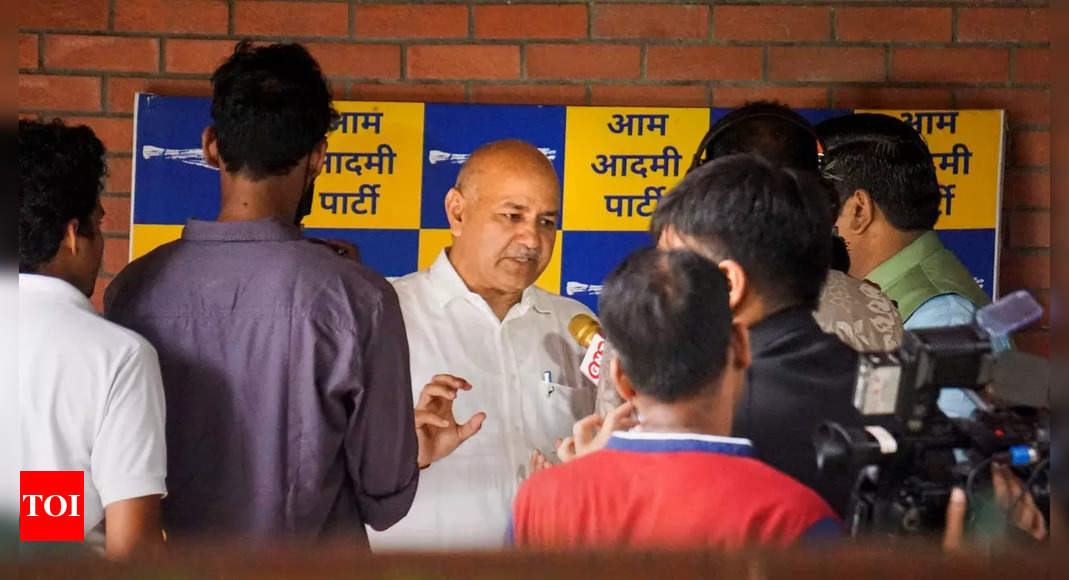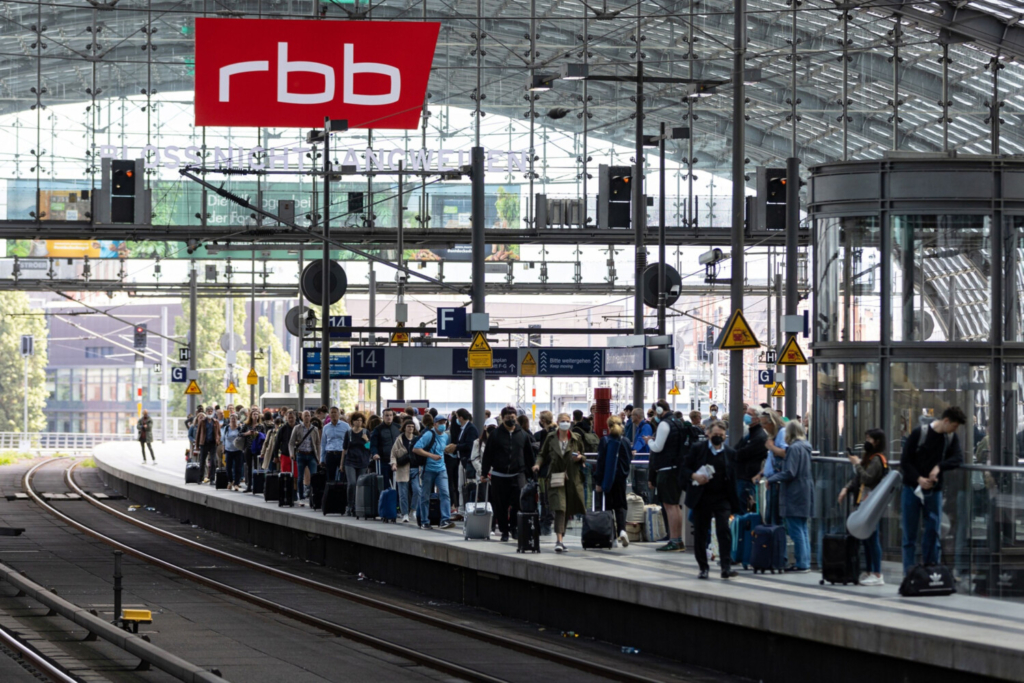
Is there too much tech in modern cars? – News
[ad_1]
When in-car connectivity and software specialists say tech has become distracting to drivers, it’s a sign there might be a problem.
According to the CEO of VNC Automotive, a technology specialist that supplies “automotive ecosystem” hardware and software to companies including Volkswagen, Toyota, Honda, Bosch, Panasonic, Sony and Huawei, innovations intended to improve driver convenience and safety are in danger of becoming a problem rather than a solution.
“Competition for driver attention has never been greater,” says Tom Blackie, CEO of VNC. “The roads are busier than ever, touchscreens dominate vehicle interiors, and we’re living increasingly connected lives. That means there are now many more opportunities for a driver’s focus to be elsewhere.
A recent study by the UK’s Transport Research Laboratory and road safety charity IAM Roadsmart found that drivers took their eyes off the road for as long as 20 seconds when asked to play a track from Spotify using a touchscreen interface – long enough to travel a distance of more than 630 metres at 100km/h.
During that time, many drivers struggled to maintain their lane position, while some failed to respond to a simulated emergency event. Overall, reaction times increased by up to 57 per cent when interacting with these devices; driving while over the alcohol limit by comparison only increases reaction times by 12 per cent.
“Not only that, but modern cars are laden with systems keen to issue a cacophony of warnings and alerts, chastising us for straying over a white line without indicating, or demanding we take a break.
“They’ve become the ultimate back-seat driver,” says Blackie, “interrupting the task of driving to issue critique but with not enough context to be useful.”
VNC argues the move towards active safety tech (features designed to help prevent accidents happening) has been inevitable because passive measures (those designed to protect occupants in a crash) have reached the limit of their potential, with no further major developments expected.
Externally-mounted cameras, radar and other sensors are fast becoming the norm. Testing bodies such as NCAP/ANCAP will no longer award full five-star ratings to new vehicles unless extensive active safety features are fitted.
VNC argues there is now evidence that newer cars are now more likely to be involved in accidents at intersections or when joining traffic: “While the risks associated with long glances away from the road – such as when interacting with a mobile phone – are well understood, more research is needed on the impacts of multiple short glances that are typical when interacting with a touchscreen, for example.
“Our experience gained as a result of having our technology installed in 35 million vehicles worldwide has shown us that there’s a subtle yet significant difference between an interface that offers a slick window onto a digital world and one that buries basic functionality at the centre of a labyrinth.
“Perhaps the time has come to recognise the seriousness of this challenge and ask our safety organisations to develop formal assessments for in-vehicle distraction,” suggests Blackie.
Euro NCAP may already be acting on this ethos. From 2023, vehicles will need to be fitted with “direct driver monitoring” to achieve a full score in the Occupant Status Monitoring (OSM) category, with the system doling out warnings should a driver’s attention stray too far from the task of driving.
This raises the prospect of a driver being admonished for delving into a touchscreen menu to adjust the temperature, for example, an unappealing situation that any car manufacturer will undoubtedly be keen to address. But it also introduces the possibility of adjusting a vehicle’s systems in response to the driver’s current attention level. ADAS features such as forward collision warning could adjust their sensitivity to deliver warnings sooner should a driver’s attention be elsewhere, while the opposite could also be true, offering less intrusive feedback if a driver is judged to be much more alert. It might even be possible to adjust the layout of in-vehicle screens in response to the situation at hand, simplifying the display on a busy motorway, for example.
In the meantime, the industry continues to look towards a future that uses increasing vehicle autonomy to legitimise opportunities for drivers to take their eyes off the road.
“If we’re to expect drivers to be able to resume control should an assistance feature not perform as expected, understanding both physical and cognitive distraction is only going to become more important,” says Blackie.
[ad_2]
Source link




